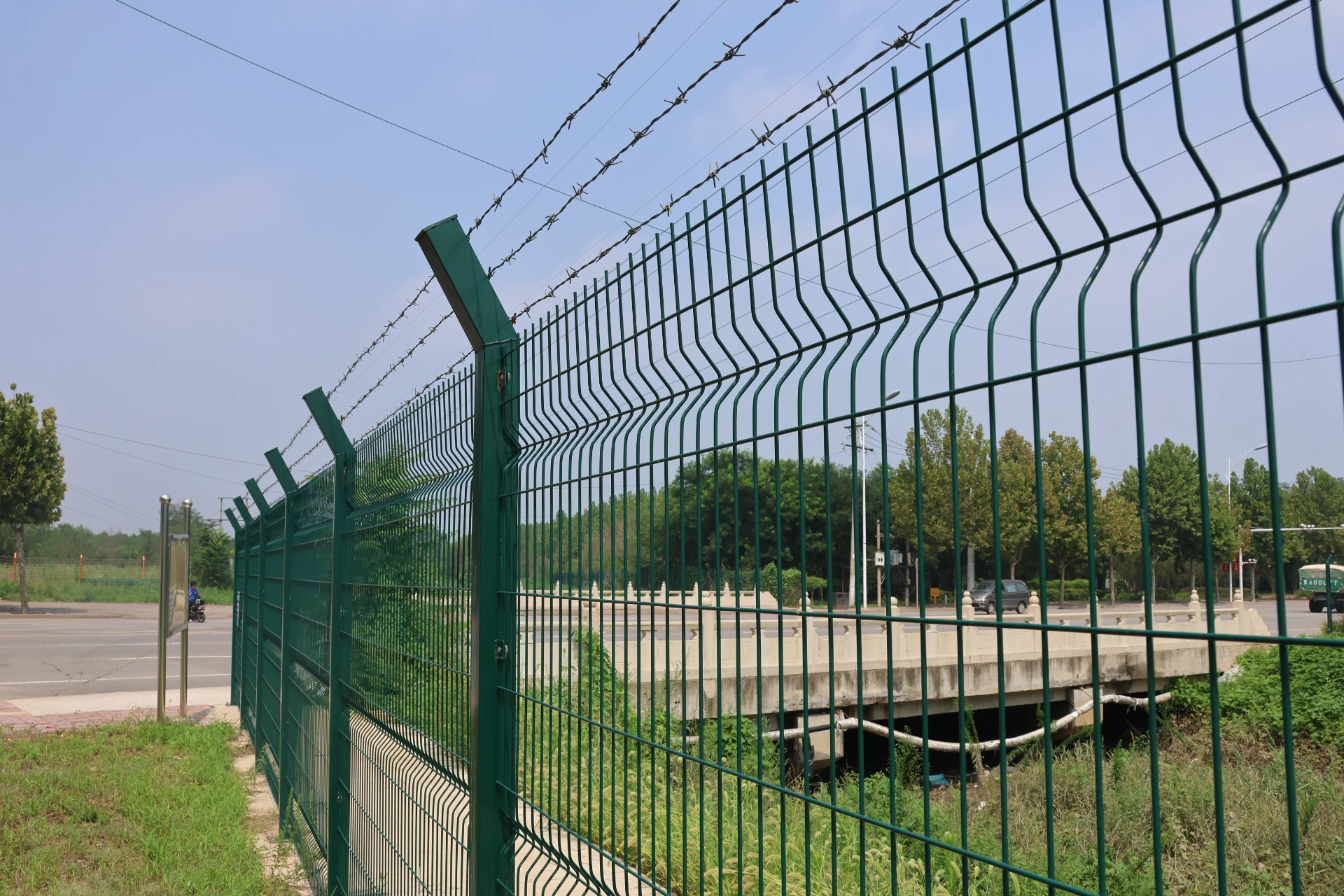Lightweight Galvanized Wire for Versatile Applications and Durable Projects
Understanding Thin Galvanized Wire Versatility and Applications
Thin galvanized wire is a common material used across various industries due to its strength, durability, and resistance to corrosion. Galvanization is the process of coating steel or iron with a layer of zinc to protect it from rusting, making it an ideal choice for outdoor applications and environments where moisture is present. The thin profile of this wire allows for its use in a wide array of applications, from crafting projects to heavy-duty industrial uses.
Manufacturing Process
The manufacturing process of thin galvanized wire involves several steps. Initially, steel wire is drawn to the desired thickness, which can range from as thin as 0.3 mm to several millimeters. Once the desired diameter is achieved, the wire undergoes the galvanization process. This is typically done by either hot-dipping or electroplating. In hot-dipping, the wire is submerged in molten zinc, which bonds to the steel and forms a protective layer. On the other hand, the electroplating method involves passing an electric current through a zinc salt solution to deposit zinc onto the wire. Both methods produce a durable finish; however, hot-dipped galvanized wire generally offers thicker and more resilient coatings.
Properties and Benefits
One of the key properties of thin galvanized wire is its excellent corrosion resistance. The zinc coating acts as a barrier, preventing moisture and air from reaching the steel underneath. Even if the coating is scratched, the zinc will corrode first, protecting the underlying metal from rust. This characteristic makes galvanized wire particularly well-suited for outdoor applications such as fencing, trellises, and wire rope.
Moreover, thin galvanized wire is lightweight yet strong, which adds to its versatility
. It can be easily transported, manipulated, and installed, making it a popular choice among builders, artisans, and manufacturers. The wire can also be easily bent and shaped without losing its tensile strength, adding to its utility in various applications, including crafting, construction, and industrial settings.thin galvanized wire

Applications
The applications of thin galvanized wire are vast and varied. In the agricultural sector, it is used for fencing, tying plants, and supporting structures for crops. Farmers often prefer galvanized wire for its longevity and resistance to the elements.
In construction, thin galvanized wire is commonly employed for reinforcing concrete, anchoring, and safety mesh applications. Its strength and corrosion resistance make it ideal for these uses, ensuring the durability and safety of structures.
In crafting, artists and hobbyists appreciate galvanized wire for creating sculptures, jewelry, and other artistic endeavors. The wire can be easily manipulated to achieve intricate designs, and its resilience ensures that creations maintain their form over time.
Other industries that benefit from thin galvanized wire include automotive, electrical, and manufacturing. In the automotive industry, it is often used in various components due to its strength and reliability. Electrical applications use galvanized wire for grounding and support due to its conductive properties.
Conclusion
Thin galvanized wire is an essential material with numerous applications across different sectors. Its unique combination of strength, lightweight nature, and outstanding corrosion resistance makes it an ideal choice for various trades and crafts. As industries continue to evolve, the demand for durable and reliable materials like thin galvanized wire is likely to grow. Whether used in agriculture, construction, art, or manufacturing, this versatile wire will continue to play a significant role in delivering quality and performance in diverse applications. Understanding its properties and benefits allows engineers, designers, and hobbyists alike to harness its potential effectively, ensuring that their projects stand the test of time.
-
Space-Saving Chain Fence Hacks Vertical Gardening with Cyclone MeshNewsJul.16,2025
-
Innovations in Iron Nail Wire Production for Modern ConstructionNewsJul.16,2025
-
Creative Uses of Wire Netting Fence in Modern Landscape DesignNewsJul.16,2025
-
Barbed Wire Fence Innovations in Anti-Climb TechnologyNewsJul.16,2025
-
Architectural Uses of Umbrella Nails for Aesthetic Roof DesignsNewsJul.16,2025
-
Architectural Uses of Razor Barbed Wire in Secure Urban DesignNewsJul.16,2025




